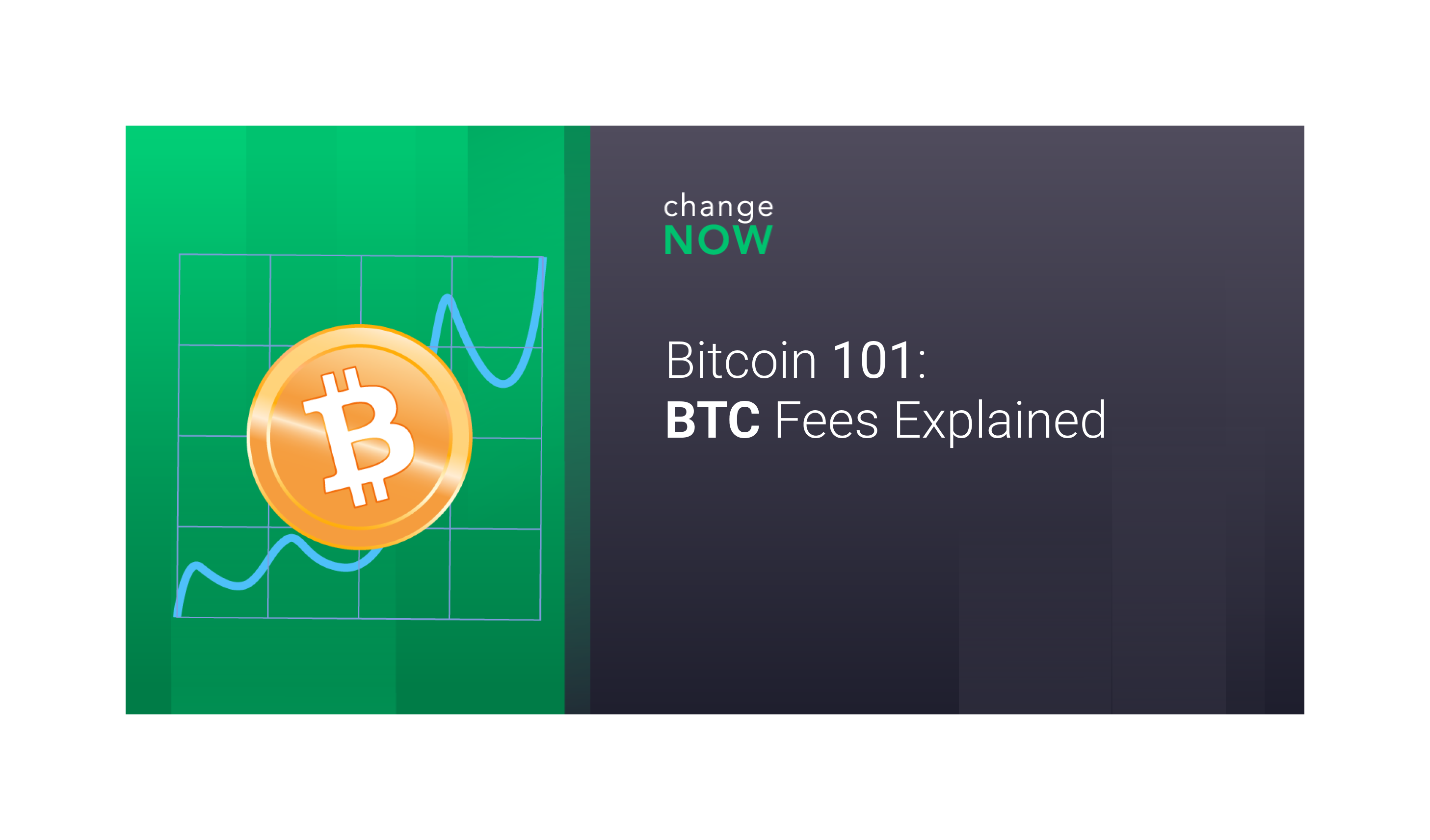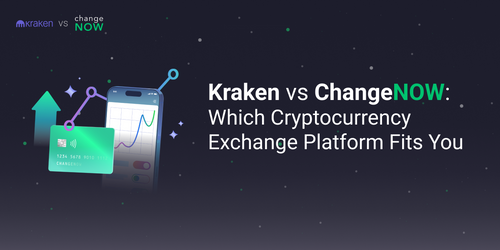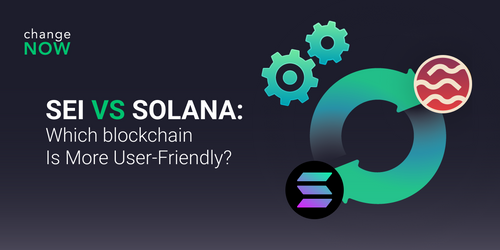How Bitcoin Transactions Work. Speed, Fees & Confirmations Explained (2026 Guide)

Bitcoin is a digital currency that uses a public ledger to keep records of all transactions since its inception. This data is publicly available and verifiable. However, when you transfer value from one address to the other on the blockchain, such a transaction is never instantaneous because Bitcoin isn’t the fastest cryptocurrency in the world. You might notice a quick update of the balance in your personal wallet. Still, in the background, several processes need to happen before the coins are officially yours.
What Are the Steps for BTC Transaction Confirmation?
Initiation: You decide to send Bitcoin to a friend. You create a transaction in your digital wallet, specifying the recipient's address and the amount to send.
Broadcasting: Once you hit send, your transaction is broadcasted to the Bitcoin network. This is like sending a message to all the Bitcoin miners out there, saying, "Hey, I want to move some Bitcoin!"
Validation: Miners pick up your transaction and verify its validity. They ensure you have enough Bitcoin to send and that everything checks out.
Inclusion in a Block: After validation, your transaction is bundled with others into a block. Think of a block as a page in Bitcoin's public ledger, the blockchain.
Mining: Miners compete to solve a complex puzzle. The first to solve it gets to add the block to the blockchain. This process is called mining, and it’s what secures the network.
Confirmation: Once your transaction is in a block, it's confirmed. Typically, you’ll want multiple confirmations (around 6) to ensure the transaction is secure and irreversible.
Completion: Your friend receives the Bitcoin! The whole process is transparent and can be tracked in real-time.
Speed of Bitcoin Transactions
Bitcoin transactions aren’t instantaneous, but they’re pretty fast! On average, a new block is added to the blockchain every 10 minutes. However, the total time can vary. Factors affecting speed include network congestion and the transaction fee you’ve attached.
Bitcoin Transaction Fees
Fees are a crucial part of Bitcoin transactions. They incentivize miners to include your transaction in a block. Here’s a breakdown:
Low Fees: If you’re not in a rush, you can opt for a lower fee. Your transaction might take a bit longer to be included in a block.
High Fees: Need your transaction processed quickly? Attach a higher fee. Miners prioritize transactions with higher fees, speeding up the process.
Transaction fees are typically measured in satoshis (the smallest Bitcoin unit) per byte of data. The more data your transaction involves, the higher the fee.
What Can I Do to Speed Up the Transaction Confirmation?
As you have probably guessed by now, Bitcoin has a lot of competition to get your transactions confirmed due to the network’s limitations in terms of scalability. So, if you are unlucky or not careful enough, you might have to wait for days before your transfer gets confirmed. But luckily, it’s easy to learn how to give your transaction higher importance.
Paying higher network or mining fees is what will speed up Bitcoin transaction and give it a priority. This is especially important when the mempools (short for "memory pool," is a temporary holding area where pending and unconfirmed transactions are stored on a cryptocurrency network node) are full, and you need a quick confirmation. The hard problems in cryptocurrency are that many wallets have poor algorithms and suggest low mining fees that place your transaction in an unfavorable position in the pecking order. In addition to that, even the fastest crypto transfer can’t beat Bitcoin’s 10-min block time interval.
So, before you send Bitcoin, take a look at the memory pool yourself to determine how much you need to pay in fees for a quick confirmation. Before we continue, please understand that your coins can’t be lost if not confirmed quickly. So, there is no need to panic. They will either reach the destination address or be dropped from the mempool and returned to your crypto wallet.
How Do I Set Appropriate Fees to Avoid Bitcoin Problems?
There is an easy and advanced way to do it. More experienced users can manually check the mempool, inspect the number of unconfirmed transactions, look at the fee rates that other users are paying, and determine how much is needed.
The easier way is to go to Mempool.Space and check what are the recommended fees on the site.
At the moment of writing, Mempool.Space suggests four different fee rates depending on your needs. If you are in a hurry, it’s recommended you set your fees as shown under the ‘high priority' tab. If time is not of the essence, you can use the ‘medium’ or ‘low’ priority fees. Always keep in mind that the higher the commission, the greater the chance to get a next block confirmation.

Conclusion
Bitcoin isn’t the fastest cryptocurrency. Each digital asset has its own features, and one difference between cryptocurrencies lies in the block confirmation times. With Bitcoin, the average time is 10 minutes. That means that even with the highest possible fees, you still need to wait until the next block is mined.
Due to a limited Bitcoin transaction per second count, senders should pay close attention to the status of the mempool. To get the fastest crypto transfer, you need to set a high mining fee. Most of the Bitcoin problems involving unconfirmed transactions are solved with appropriate network fees. Before sending any coins, you can head over to Mempool.Space to get a complete overview of unconfirmed transactions and recommended rates. The site will help you to master one of the hard problems in cryptocurrency, which many beginners struggle with.





